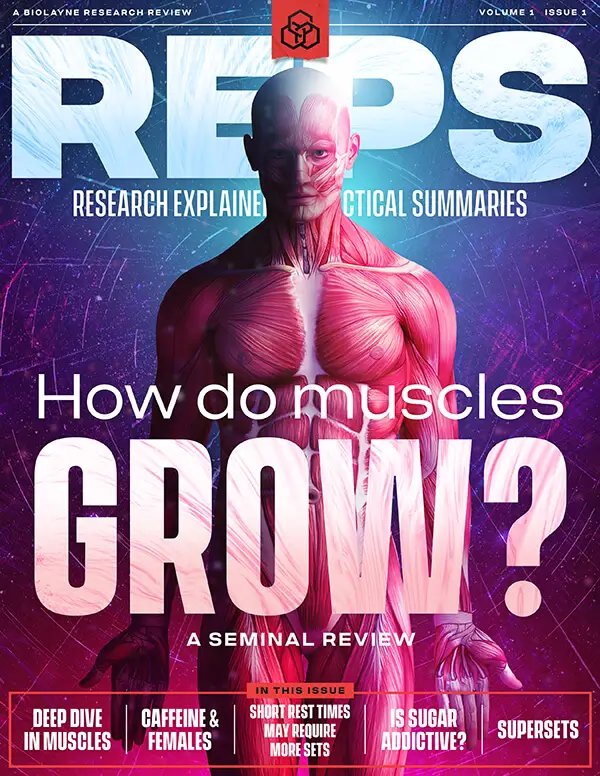This study compared isometric training performed at long muscle lengths with traditional full range of motion (ROM) training to see which better stimulates quadriceps growth in resistance-trained lifters. After six weeks, both methods produced similar overall hypertrophy, though long-length isometrics showed a slight edge in the upper thigh region—suggesting they can be an effective, joint-friendly alternative for building muscle.
Overview
- What did they test? Researchers compared six weeks of isometric training at long muscle lengths with traditional full range of motion (ROM) isotonic training to see how each affected regional quadriceps growth in resistance-trained men and women.
- What did they find? Both training methods led to similar increases in quadriceps muscle size. The overall growth was modest—expected for trained lifters over six weeks—with a slight, uncertain trend favoring long-length isometrics in the upper thigh region.
- What does it mean for you? This study suggests holding isometric contractions at long muscle lengths can stimulate comparable muscle growth to full-ROM training in the quads—at least in some regions of the muscle. This makes it a considerable option when managing joint stress, varying your training, or emphasizing tension at stretched positions.
What’s the Problem?
Researchers and lifters have debated whether training through a full range of motion or focusing on specific joint angles produces greater muscle growth. While full-ROM training has traditionally been favored, newer evidence suggests that the muscle length at which tension is applied—particularly at longer lengths—may be an important driver of hypertrophy. Prior studies have shown that training at stretched positions can enhance muscle growth. However, these studies generally compared long versus short muscle lengths using dynamic contractions. Much less is known about how isometric training performed at long muscle lengths compares to conventional isotonic, full-ROM exercise—especially in trained individuals. This study addressed that gap by directly testing whether holding maximal isometric contractions at stretched positions could match or exceed the muscle-building effects of full-ROM resistance training.
Purpose
The primary purpose of this study was to explore the effects of isometric training at long muscle lengths on quadriceps femoris regional muscle hypertrophy and compare them with the effects of full range of motion isotonic training.
Hypothesis
The authors hypothesized that isometric training at long muscle lengths would result in greater quadriceps muscle hypertrophy compared to full ROM isotonic training, particularly at the middle and distal sites of the anterior thigh.








